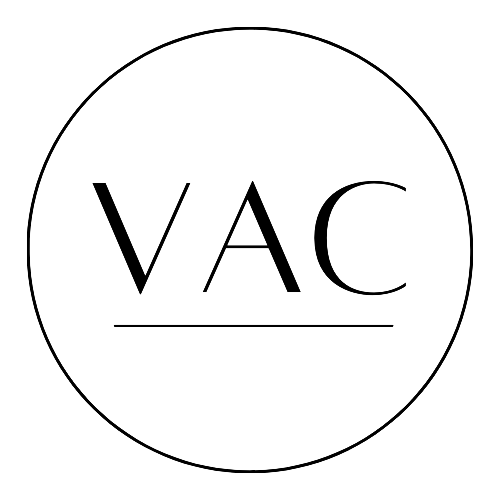Sandra Szkolnik: Volumetric Structures
Sandra Szkolnik is known for her volumetric structures inspired by architecture, form, and the Japanese art of paper folding. Combining elements of both art and design, Sandra’s innovative work bridges the gap between precise geometry and abstraction.
How did your creative journey begin?
I have always been motivated by the creative world around me. I was born in Lima, Peru and it was there where I got my bachelors degree in graphic design at the Toulouse Lautrec Institute, and worked at an advertising agency. Then I went to Boston for three years to continue my studies. I got a degree from Massachusetts College of Art and Design where I took most of the courses specializing in computer applications. In 2002 I moved with my family to Miami. My journey here in the field of visual arts started to develop some years ago when my passion for paper and structures got me to focus and study origami and paper folding. It was then that I developed a technique and studied various materials to create the volumetric structures that define my work.
Where do you find inspiration for your work?
I find inspiration everywhere around me. Forms and colors appear as opportunities for new explorations. Architecture and landscape motivate my world of creation. I follow creative people on social media platforms that inspire me to try new things. Everything in our day to day, if seen with the eyes of a creative mind, can become an AHA moment!
How has your work shifted and evolved over time?
My ambition was to find myself in my creation, to enjoy every moment from the concept to the final piece and to connect with people through my art.
In my work I apply the technique of geometric folds using materials that can be manipulated and transformed to create volume. The infinite possibilities that this technique offers, developed into the abstract and geometric forms generated by the pleats, which can be seen in my works. Through the manipulation of these volumes, a more transformable and changeable work is created. For me it has a lot of resemblance to what life is about; constant changes, evolution and an infinite future that is not ruled by any defined or rational norm. My work has evolved mostly in terms of material’s selection. I started working with more fragile materials like paper where my works looked more crafty to then realize I wanted to use more sturdy materials for a more polished outcome.
What does a typical day in the studio look like for you, and how has your art practice grown or changed?
I moved my studio to my house when covid hit. I am still working from home which I am enjoying very much. I set up the space and time every day to work in pieces that have specific deadlines. When I am trying new things, creating and having fun, I am a little bit more all over the place. I tend to start one thing and then something different comes to mind and start playing with that new idea, and so on. I end up with many unfinished model structures that I leave to rest for a while to come back with a fresh and relaxed mind for a more practical approach.
Which experiences have impacted your work as an artist?
At the beginning of my studies on paper folding, I was only folding and folding for hours and cutting and scoring and creating structures that were mainly abstract without a specific intention. Then more and more my work became stronger on the growth, movement and notions of difference in repetition. I studied and researched those areas with the help and support of art critic and curator, Katherine Chacon. She has helped me in my search for meaning for what I see behind my technique and my ideas. She introduced me to the concept of Rhizome, explained by French philosophers Guille Deleuze and Feliz Guatari. I read a lot about their ideas and from that and other ideas and concepts my works have developed.
How has Instagram impacted your art career?
The way art is exposed to public has changed and we have to use the tools around the DIGITAL PLATFORMS to get in tune with the new generation. Instagram in particular has been my primary way to get exposure, specially during the pandemic. It is a great way to reach more people and to discover new talent. But it will never replace the appreciation of actually seeing an art work. It is not easy to follow all this social media craziness and not easy to understand how it works but I am trying and learning every day.
What are your future goals and aspirations?
The future looks bright. Art and Design will always be something we will enjoy and need in our lives. I believe that somehow, the dynamics of how it presents itself will be changing and adapting to our new realities, but they will definitely be present in every aspect and in every field. Creative people from different backgrounds are starting more than ever to make collaborations which is an amazing way to create innovative ideas that appeal to all. Collaboration is key. Digital Platforms are key. Innovation and creating “out of the box” art will continue to be my aspiration.
Website: www.sandraszkolnik.com
Instagram: @sandraszkolnik







